What is the Compound Effect?
The compound effect refers to reaping huge rewards from small, seemingly insignificant actions. In his book, The Compound Effect, Darren Hardy points out that “Initially these changes seem so subtle that we don’t really observe any significant changes, but they are the components that lead to compound growth, the building blocks of much larger and more powerful systems.”
An atomic habit is a small, manageable step that you can take every day towards your goals. It can be as small at making your bed each morning, or even implementing a breath work routine or going to the gym. Whatever it is, you have to remain consistent for the compound effect to work.
As an example, what would you say if someone offered you $3 Million right now or a penny that doubled in value every day for the next 30 days? Most of us would take the $3 Million, but they would be neglecting the power of compound interest.
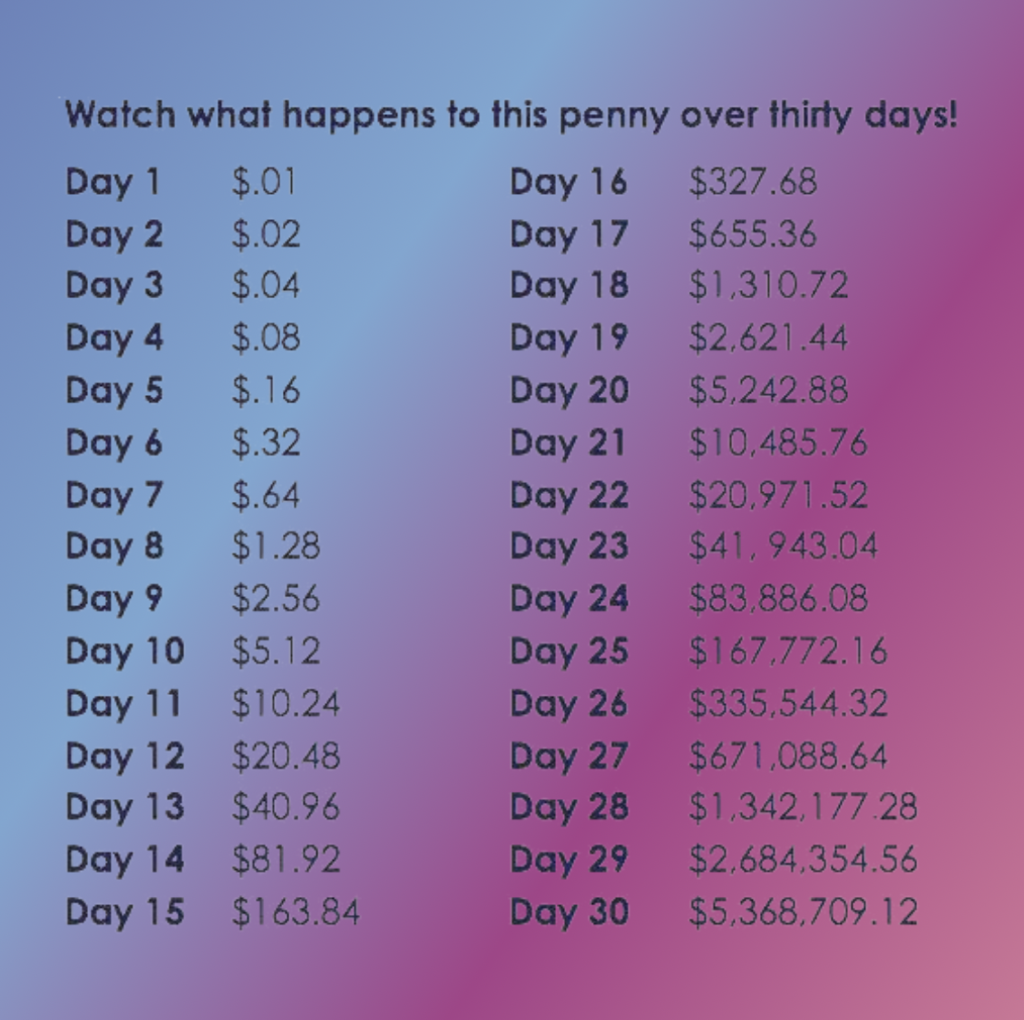
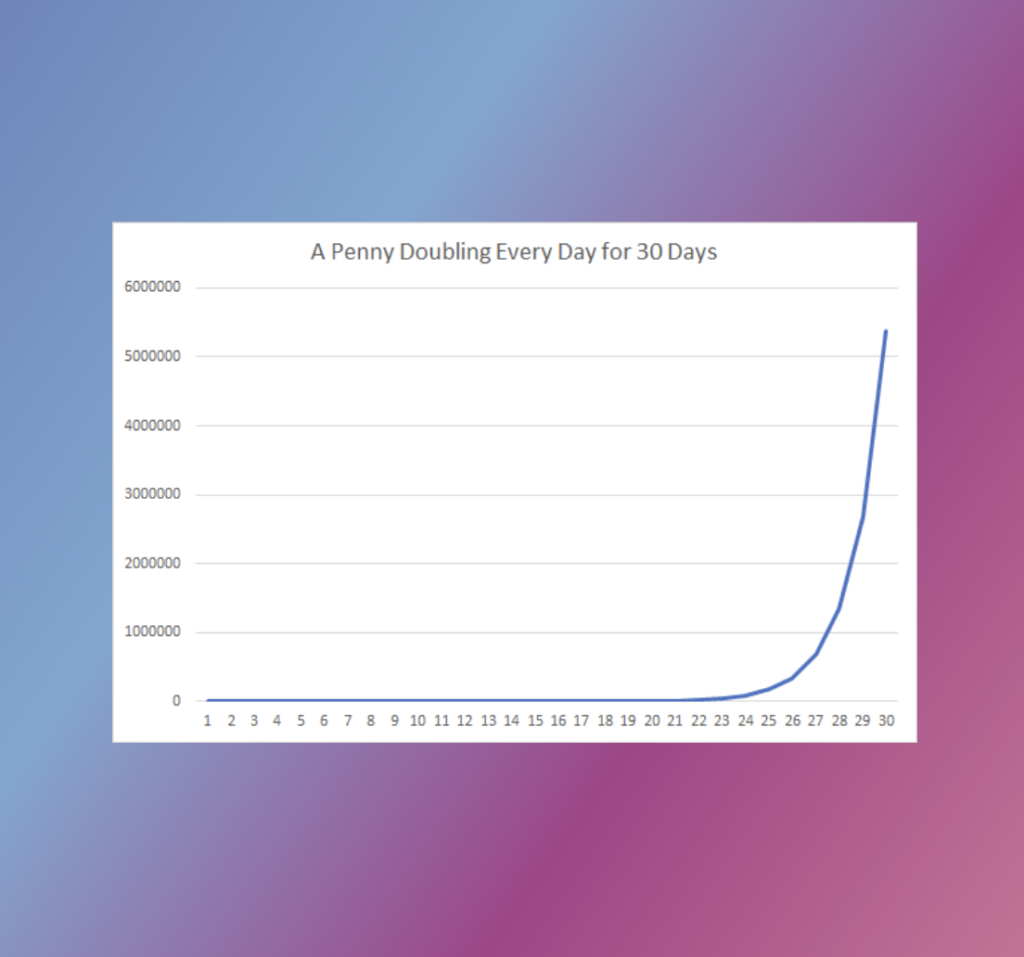
By day 30, that penny would have compounded into over $5 Million. However, up until day 24, it appears as if there is barely any progress being made. It’s during this time period that you would become discouraged with the lack of progress being made. Nothing in your external environment is indicating that real change is occurring.
The reality is that most things in life change exponentially, just like the compounded interest of that penny.
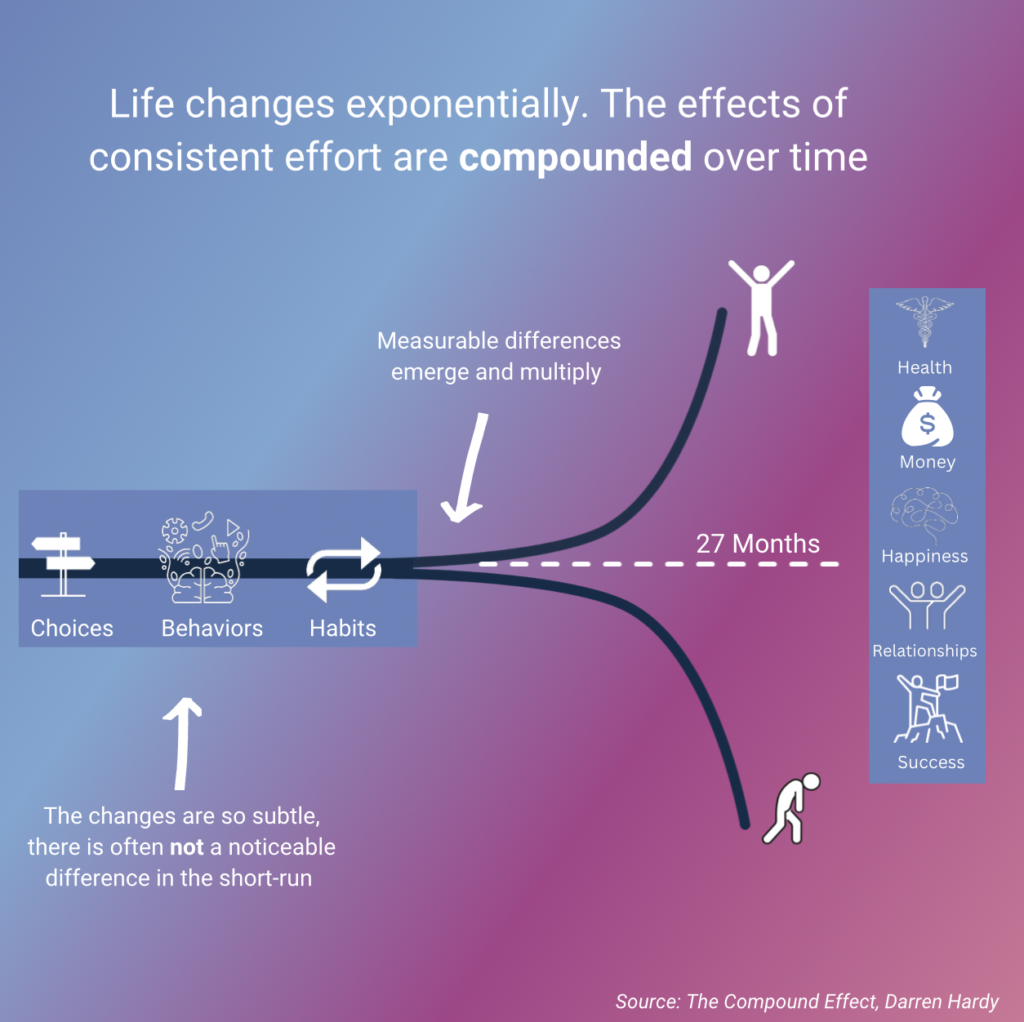
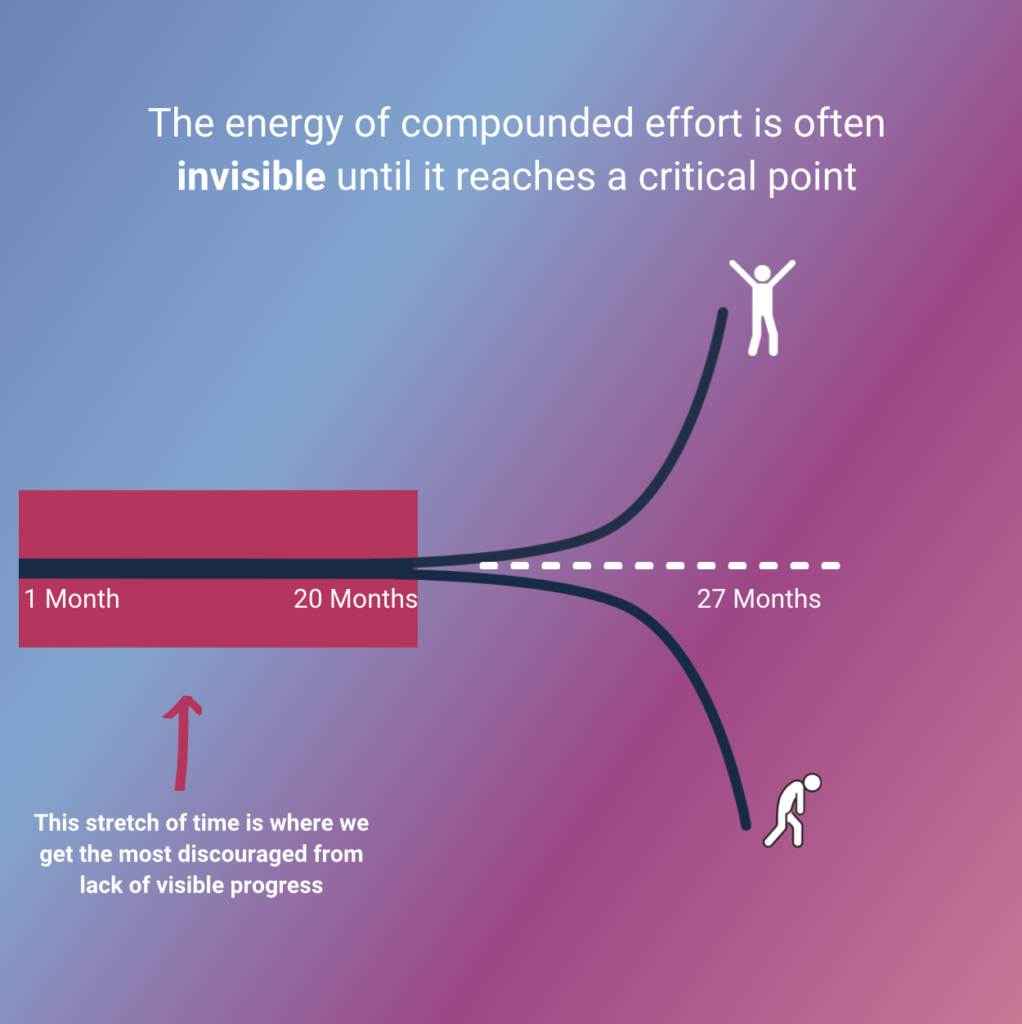
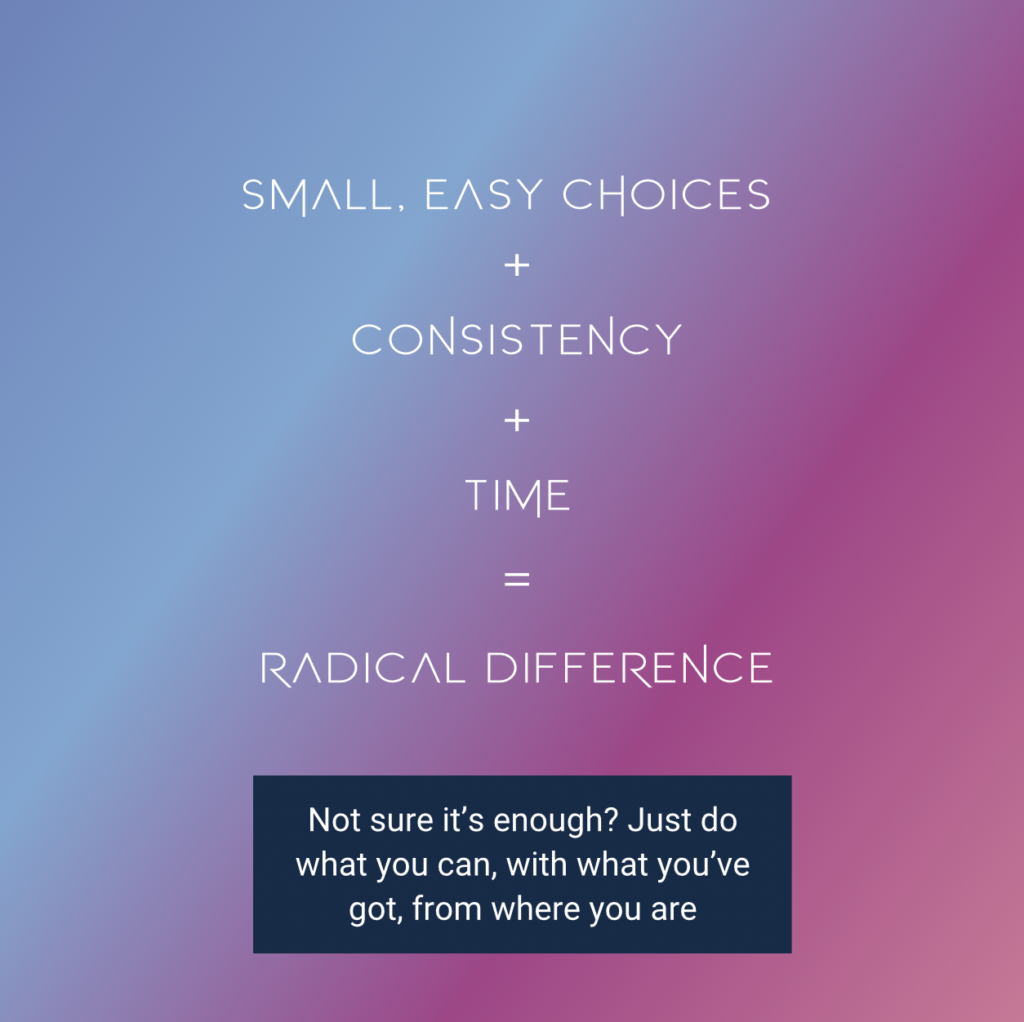
Remaining Consistent
Our brains are wired towards the thrill of short-term decisions, driving us towards instant gratification and immediate pay-offs, while neglecting the power of compound interest over time (The Intelligent Investor). In most of our decisions, we’re not betting against another person, we’re betting against all the future versions of ourselves that we are not choosing. (Thinking in Bets: making Smarter Decisions When You Don’t Have All the Facts). In the famous words of Napoleon Bonaparte, “We trade what we want most for what we want in the moment. The satisfaction we obtain from instant gratification reinforces that fast, impulsive model of thinking. It’s at these points where we get stressed and direct all of our focus on the lack of progress, discouraging us from remaining consistent to achieve our goals.
We must be willing to train ourselves not only to extract key lessons and creative insights from the data we can see, but also the data we cannot see: the progress that is happening behind the scenes. The energy of our efforts is compounding over time. We must mentally flip a switch and employ a more contemplative, reasoned way of thinking and behaving. We can train ourselves to prioritize focus on delayed gratification -the compounded effects of good habits over time.
Starting Small
We can break down our far-reaching goals, our wildest dreams into manageable steps that we can take yearly, monthly and even daily to drive its achievement. Author of Atomic Habits, James Clear, comments that starting with really easy steps is how we start to build momentum and maintain the motivation to remain consistent. This prioritizes high-intensity focus on what we can achieve in the moment, and prevents us from giving into the mental drift and distraction promoted by our subconscious patterns. There are strategies we can employ to make our biology work for us, instead of against us.
Elite athletes have learned to follow a philosophy known as the process, created by University of Alabama coach, Nick Saban. It teaches players to ignore the bigger picture and focus on doing the absolute smallest thing well, such as practicing with full effort, finishing a specific play, converting a single possession. A season lasts months, games last hours and catching up may be 4 touchdowns away, but a single play is only a few seconds. Games and seasons are constituted by seconds. If teams follow the process, they tend to win. It teaches them to overcome obstacles and eventually make their way to the top without ever having focused on the obstacles directly. They assemble the right actions in the right order one right after another.




